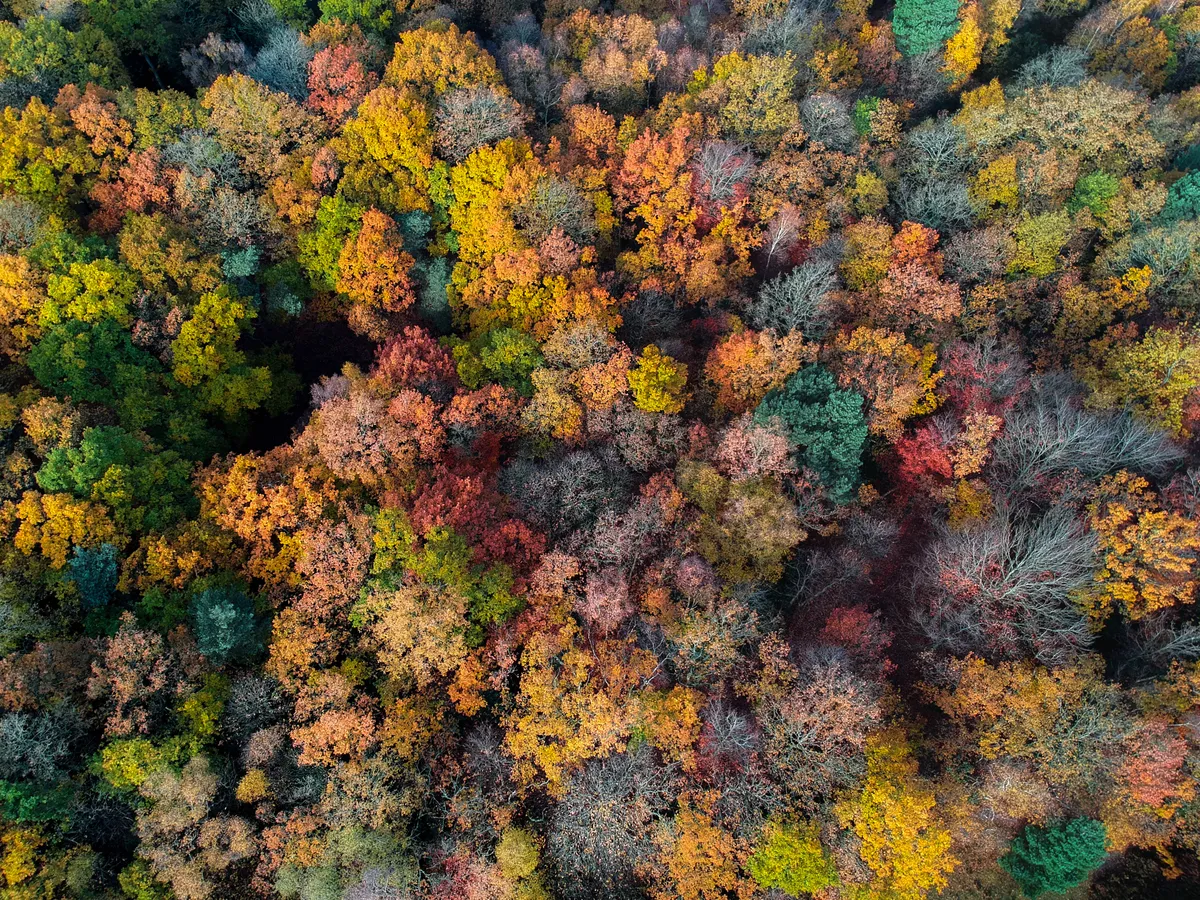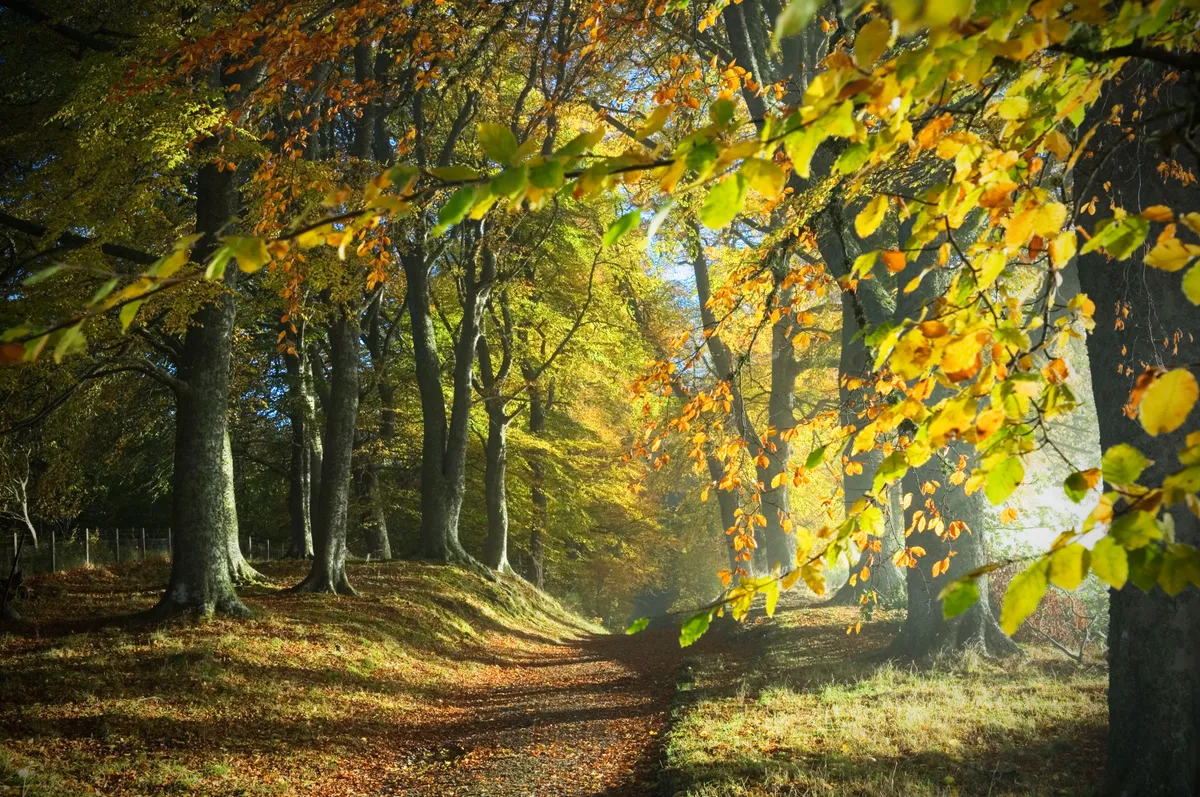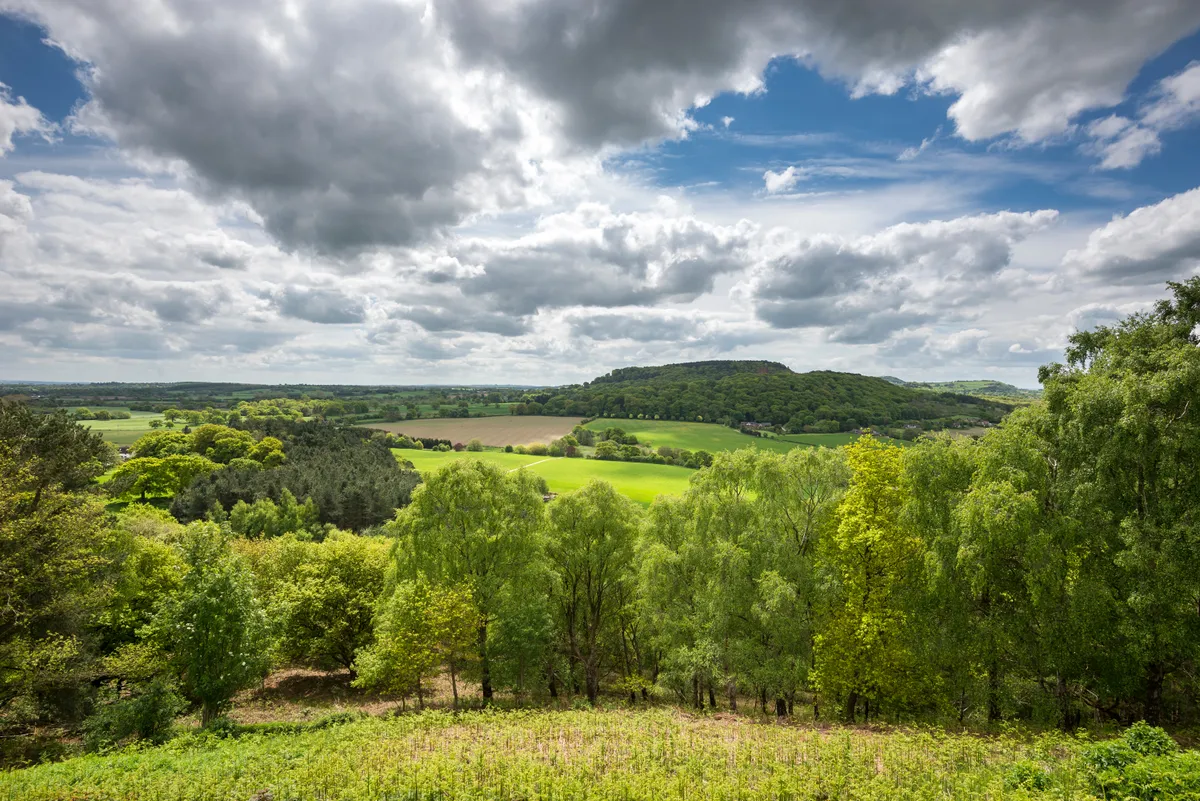There is something most of us agree on: Britain needs more trees. People with a range of concerns – climate change, nature conservation, public access and health issues – all argue that the UK’s woodland area should be at least doubled.
Here is our guide to British forests, looking at the history of forestry in the UK, the environmental importance of trees and how much new woodland we can expect to see planted in the future.
What is the history of forestry in the UK?
It seems the world has at last caught up with Britain’s foresters. Since the 17th century – when the UK’s woodland cover reached a record low – they have been arguing strongly for more trees. In those days, timber was required for ships and later for pit props in coal mines. While these uses are now of little significance, wood remains an important raw material for both the building and furniture industry. But there’s a more fundamental motivation behind the demand to plant new forests:
the environment.

Trees, of course, are an enormously important means of absorbing CO2, the greenhouse gas that causes global warming. It is this necessity for carbon capture that will transform British woodland landscapes over the next 50 years.

A surge in tree planting
The 20th century saw a doubling of the area of woodland in England to 10% of the country, and in the UK as a whole to 13%. This was achieved through state forestry and government support for private woodland owners through grants and tax concessions.
But more trees are needed. A report last year by the independent statutory Committee on Climate Change argues that woodland planting should more than double, from 9,000 hectares a year to 20,000 hectares by 2020, and then increase to 27,000 each year. That’s more than 258km² – and almost twice the area of Cardiff – every 12 months. The aim is to increase the UK’s woodland cover from 13% to 19% by 2050. But if that sounds a lot, bear in mind that it’s still significantly less than the EU average of 38%, and lower than France (31%), Germany (33%) and Italy (32%).
Key figures
- Woodland covers just 13% of the UK - lagging far behind the EU average of 38%.
- The aim is to increase the UK's woodland cover from 13% to 19% by 2050.
Where will the new woodland be established?
The expansion of woodland in the last century was mainly in the uplands on moors and on lowland heaths, neither of which were valued highly for farming. But such areas are now enormously popular for their landscapes and biodiversity. Some, such as Exmoor, the Brecon Beacons and the Cairngorms, are National Parks.

What afforesting incentives are needed?
Crucially, if the woodland area is to be doubled, then many private landowners and farmers will have to be persuaded to convert what may be profitable farmland into woodland. If this is to be achieved, a lot will depend on changes in world food prices. The last time large areas of farmland were afforested was during the agricultural slump of the 1920s and 1930s, when
demand fell with a collapsing economy.
Some parts of Europe have gained huge new woodlands through natural regeneration of trees on former farmland, but their example doesn’t offer much hope for Britain. Each of these places – parts of Italy, Spain and Croatia, for example – had already suffered from rural depopulation and land abandonment. It is unlikely the Government will wish to encourage such depopulation in Britain.
Could rewilding help increase Britain's tree cover?
The idea has recently gained enthusiastic support among conservationists (but also concern in parts of the farming community). At the 1,400-hectare Knepp estate in Sussex, rewilding since 2001 has allowed shrubs and trees to regenerate naturally over former farmland to form a mosaic of habitats. At Ennerdale in the Lake District, a rewilding scheme covering 4,750 hectares was set up in 2003 to encourage natural processes, including woodland regeneration. These small-scale but significant schemes indicate the potential for the use of natural regeneration to increase woodland – but neither are intended to produce extensive areas of tree-covered land.
Could Brexit boost forests?
The impact of Brexit may be crucial. Many farmers currently receive support from the European Union under the Basic Payment Scheme (BPS) and without this funding, some crops would be unprofitable. Could the land given over to such crops be planted with trees instead? The Government has guaranteed the level of support for farming until the end of 2020, but after that, significant changes could be made to the amount of subsidy and which crops and land uses are subsidised. The charity Rewilding Britain argues that farmers should be paid £512 per hectare per year
to convert farmland to woodland.
One of the best ways of increasing the number of trees in Britain will be through mixing trees and agriculture. On a small scale, farm woodlands planted on patches of meadow or pasture might actually reduce biodiversity. But there is scope for allowing more trees to grow along fencelines and hedges. These can be cheap to establish, as oak, ash and other broadleaves naturally regenerate rapidly.
There could also be many more trees in our towns and cities. The London plane dominates the capital’s parks and it would be sensible to diversify the species with native trees and exotic species, such as maidenhair tree (Ginkgo biloba), cider gum (Eucalyptus gunnii) and the southern beech (Nothofagus obliqua). The interactions between climate change and forestry are complex and uncertain.
How do trees contribute to climate change?
When fossil fuels are burned, carbon dioxide is released into the atmosphere. There it becomes one of the most important of the so-called greenhouse gases – it traps heat from the sun, warming the planet up.

One of the most effective ways of limiting the rise of CO concentrations is through the photosynthetic capture of carbon by trees. Research by the Forestry Commission includes experiments in oak woodland at Alice Holt Forest in Hampshire (right) to improve understanding of the carbon balance of forests and help to predict how carbon exchange will alter in the future. Fast-growing trees maximise carbon capture – tree growth in Britain and Europe will make an important contribution. Woodlands also help cool the planet by soaking up heat from the sun, while farmland and cities reflect more heat back into the atmosphere.
What different tree species could we see planted in the UK in the future?
The FC has a database of trees that “could play an increasing role in the future”, including non-native and native trees.
The following seven trees are all fast-growing broadleaved trees that regenerate rapidly and are valuable for carbon capture, timber and nature conservation.
1
LIME Tilia cordata
2
LIME Tilia platyphyllos
The two native species of lime are fast-growing trees that scent the air at midsummer. They grow fast and coppice well; wood is used for carving, turning and pulp.
3
False acacia Robinia pseudoacacia
Native to the eastern USA, this is a popular garden tree in Britain. In southern Europe it can be invasive through the spread of root suckers, but can produce good quality timber.
4
London plane Platanus x hispanica
Very popular in cities, this could be planted more in woodlands. FC trials show that it grows well, can produce good timber and is long-lived.
5
Field maple Acer campestre
Its heavily indented leaves turn brilliant yellow in the autumn. It spreads rapidly by seed, grows very fast and produces good hardwood timber.
6
Aspen Populus tremula
An attractive tree that is easy to establish in heavy soils. Fast-growing and excellent for carbon capture, it spreads rapidly through root suckers.
7
Sweet chestnut Castanea sativa
Planted in Britain since the middle ages, this attractive tree has smooth grey bark that becomes gnarled with age. Excellent timber for furniture.
Charles Watkins is Professor of Rural Geography at Nottingham University; he also directs a Leverhulme project
on British amateur art and Italian landscape history. His books include Trees in Art (Reaktion) and Trees, Woods and Forests (Reaktion)
